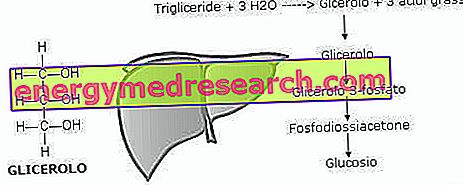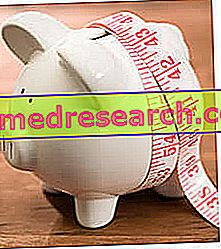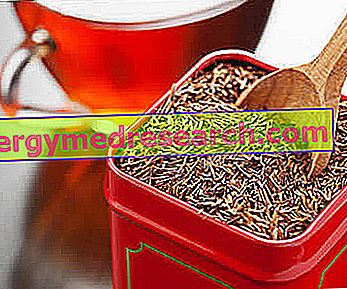
Also known as a water jet or dental shower, the water jet is a tool for home oral hygiene. This device uses the cleaning action of a pulsating water jet generated by a pump and directed by the user along the gingival sulcus and the interdental space. In this way the water jet uses the washing action of the water jet to clean the narrowest areas between tooth and tooth, where the toothbrush cannot reach and where caries is most frequently formed.
Depending on the commercial model, the water pressure that comes out of the water jet spout is adjustable to several levels, as well as the frequency of the jets; clearly, especially in the case of sensitive or inflamed gums, it is good not to abuse the pressure of the sketch and use warm water. The cleaning of the gingival sulcus must be carried out with the minimum pressure provided by the instrument to avoid traumas that could create small haemorrhages, recessions and gum pockets or even periodontal abscesses (the jet of the irrigator could cause bacteria or food residues to penetrate the damaged gum that will give life to the infection); this possibility represents the main contraindication to the use of the water jet, which for this reason is often discouraged by dentists or recommended as an "alternative" to patients who are not cooperative and reluctant to use the wire. All this although recent studies attribute to the water jet an efficacy comparable to floss in removing plaque and reducing bleeding and gingival irritation.
The water jet is considered useful in eliminating the coarsest food debris, but it cannot approach the effectiveness of mechanical rubbing of the floss, especially in the case of an old formation plaque (ie when several hours are allowed to pass from the meal to the brushing) of the teeth or when the plaque has not been adequately removed by the previous brushing). We must in fact think of the bacterial plaque as a patina tenaciously attached to the dental surfaces, which due to this characteristic cannot be completely disintegrated by the jet of water that the water jets throw at it. If you have difficulty using dental floss, you can replace it with the most practical flossettes, asking your dental hygienist how to best use them to avoid gum trauma. Improper use of dental floss or flossette can also cause the same problems as a water jet used at too high pressures.
In addition to simple water, the water jet can also be loaded with a disinfectant mouthwash, to be used according to the dentist's instructions. The water jet can be particularly useful even if a fixed prosthesis or an orthodontic appliance prevents the use of dental floss. It must also be said that modern water jets are equipped with spouts and specific operating programs for cleaning the different areas of the oral cavity (tongue, teeth, gums and gum pockets) or appliances, implants and prostheses. There are also heads with bristles to combine the action of electric brushing with that of the water jet.
As said, the oral shower can be considered a valid tool to assist the mechanical action of brushing and flossing, but it cannot replace them. When possible, it is therefore necessary to brush the teeth with a toothbrush and toothpaste, to pass the dental floss and only then to take advantage of the cleaning action of the water jet.



